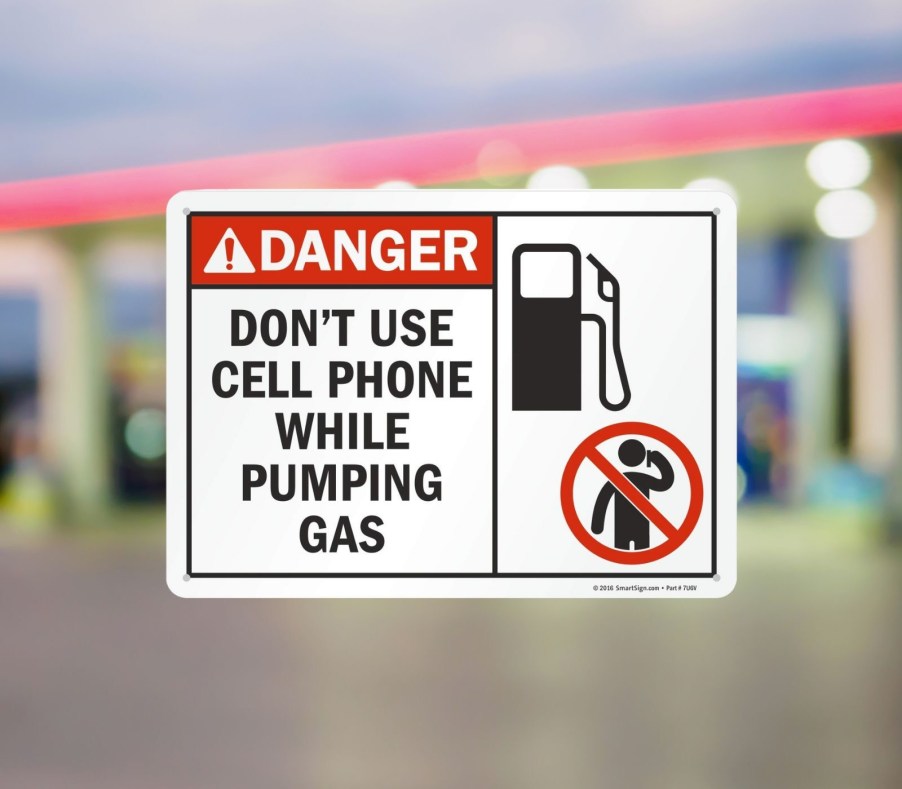
Why do gas stations have ‘no cell phone’ signs?
Here’s a head-scratcher: you pull up to a gas station and see the usual safety warnings—don’t light a cigarette, don’t strike a match, and then… don’t use your cellphone? Wait a second, when did your phone become a flamethrower? It didn’t. It’s been proven over and over again that cellphones can’t light gasoline fumes on fire. So why does this myth keep hanging around like that one friend who won’t leave the party?
This one even made Listverse’s top 10 automotive myths, and for good reason: the rumor persists that when your phone connects to a tower, it unleashes a magical burst of energy powerful enough to send the gas station sky-high. Spoiler alert: it doesn’t.
So what happened? There was once a story, mentioned by the New York Daily News, about a 21-year-old student whose phone was suspected to have sparked a fire. Turns out, it wasn’t the phone’s fault. Classic case of blame the new tech, right? But the damage was done. The myth had taken root.
The good folks at MythBusters (Adam Savage and Jamie Hyneman) took this one apart piece by piece in their Mobile Phone Petrol Station Explosion episode. After testing the theory from every angle, Savage flat-out said it: “Using a cellphone will not blow up the gas station.” Boom—myth busted. In 2014.
So, why are we still seeing these “no cell phone” signs like it’s Y2K? Blame it on inertia. Once upon a time, this myth wasn’t fully debunked, and gas stations don’t exactly rush to update their signs every time a new study comes out. It’s kind of like that old, rusty payphone you still see on some street corners—it’s outdated, but no one’s taken it down yet.
So, why don’t they take the signs down now? Well, there may be another reason. Gas stations are probably just trying to keep you focused on the task at hand: safely fueling your car. We’ve all seen people get lost in a conversation, forget they’re pumping gas, and boom—a spill happens. The no-phone rule might be less about fireballs and more about minimizing distraction.
Now, MythBusters did stumble upon something that can light gas fumes: static electricity. You know, that little zap you feel after sliding out of your car? That’s no joke. According to Savage, “When you’re moving in and out of your car, you’re generating static electricity. If you feel a spark, that’s usually between 10 and 20,000 volts of static electricity—and that’s plenty strong enough to make gas fume.”
While your phone isn’t the villain, static might be the real troublemaker. In fact, Savage said the American Petroleum Institute told him after he warned the world of the dangers of static, “the number of fires at gas stations has dropped by two-thirds.” So maybe those gas stations signs should warn against rapidly rubbing a balloon while fueling up.
You can see an explosive segment from the MythBusters episode embedded below:



